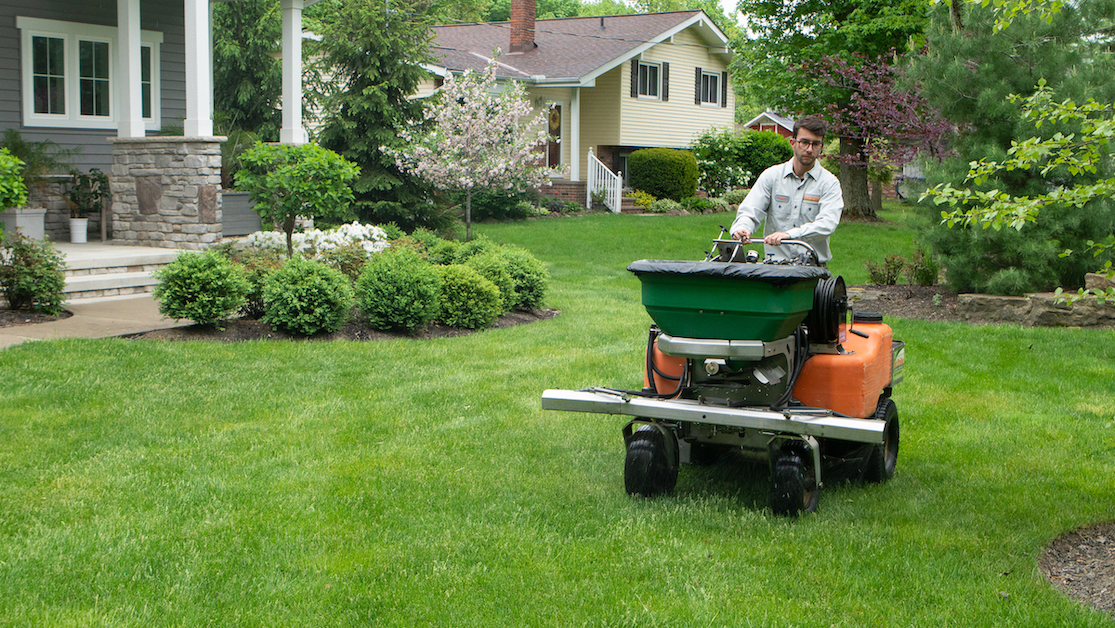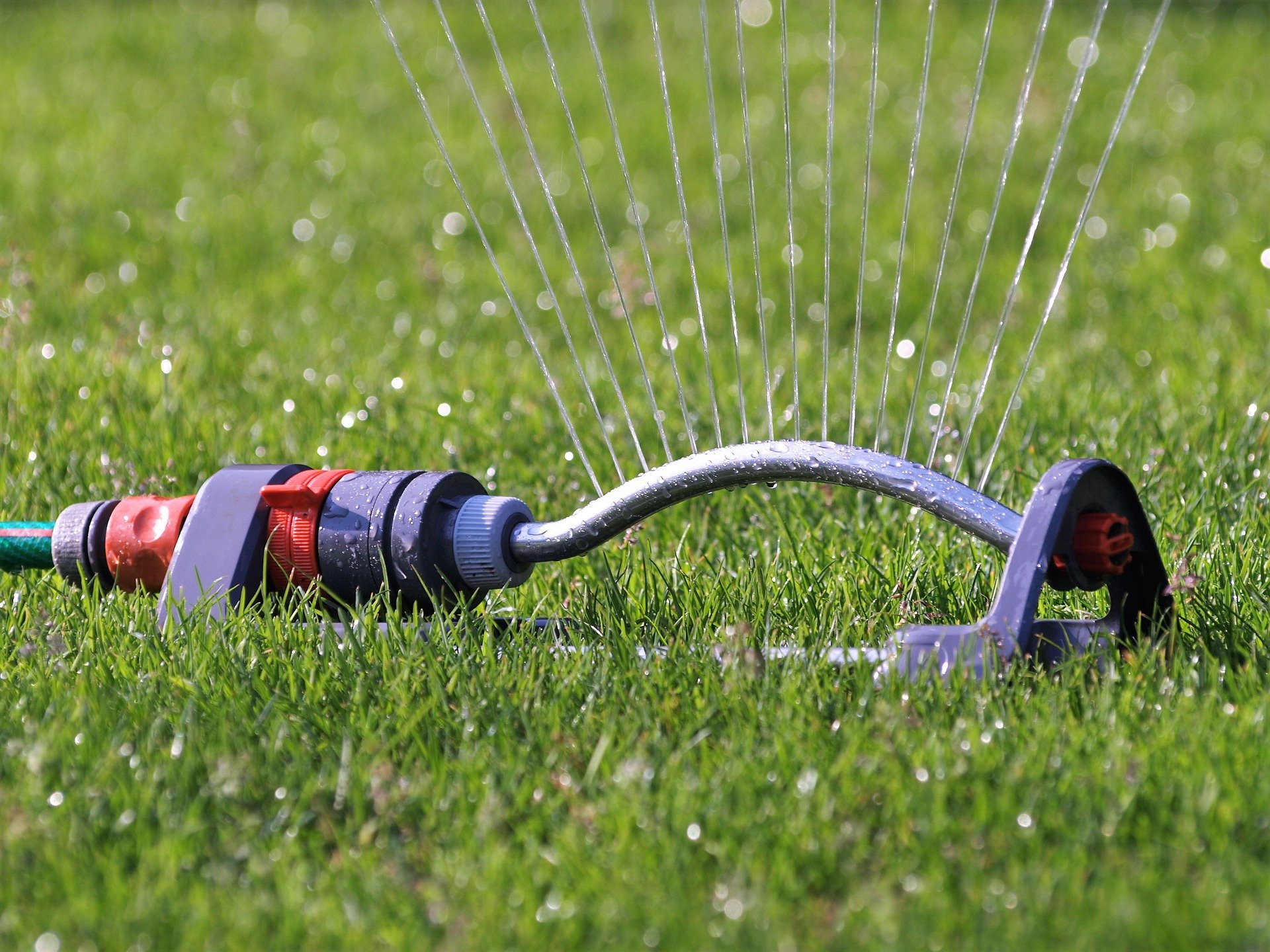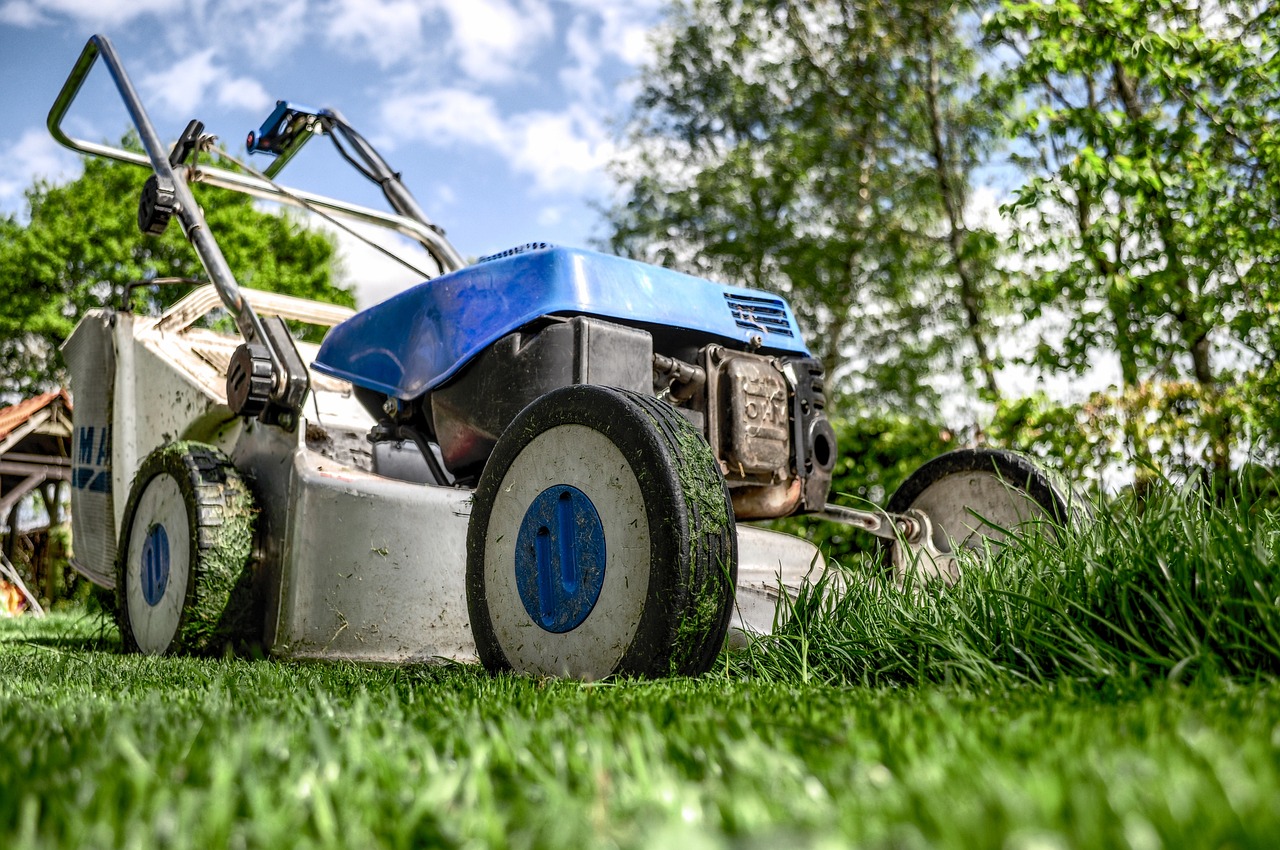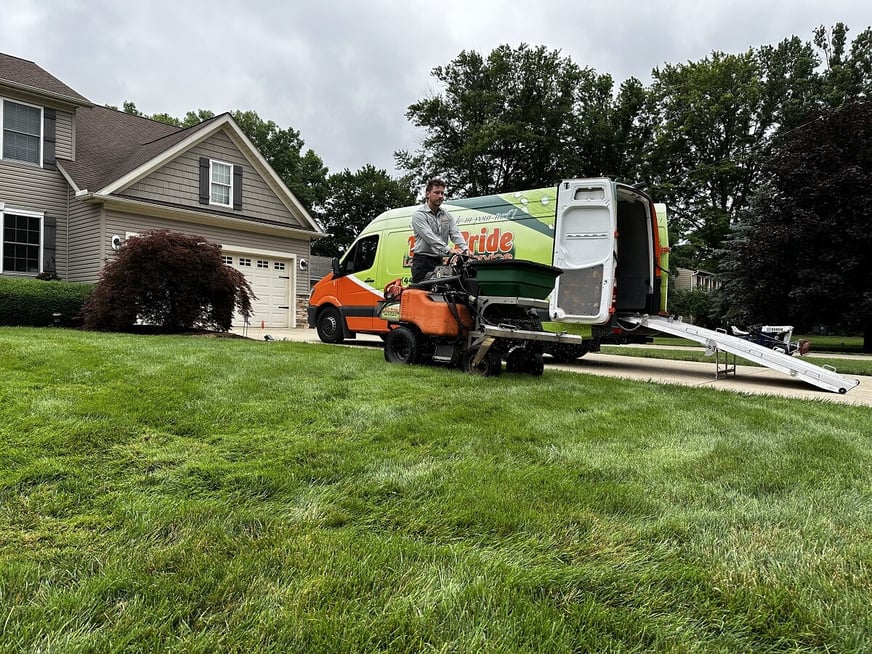
5 Lawn Care Myths Northeast Ohio Homeowners Should Stop Believing
Every neighborhood has one — that neighbor who seems to know everything about lawns. He’s always out mowing, comparing fertilizer brands, or bragging about his “secret trick” for greener grass.
But while confidence is great, lawn care is full of myths that have been passed down for decades — and some of them can actually hurt your yard more than they help.
As a homeowner in Northeast Ohio, where heavy clay soils, unpredictable rain, and cool‑season grasses make lawn care tricky, it’s important to know what’s true and what’s not.
Let’s separate fact from fiction with a look at five common lawn care myths we hear all the time — and what you should do instead.
Myth #1: You Should Water Every Day
A lot of homeowners believe that daily watering is the key to a healthy lawn. It sounds logical — more water, greener grass, right? Unfortunately, that’s not how it works.
Shallow, frequent watering only wets the surface and encourages weak, shallow roots. Then, when the weather turns dry, your grass struggles to find moisture below the surface.

In Northeast Ohio, lawns only need about 1 to 1½ inches of water per week, including rainfall. Water deeply and infrequently — about two or three times per week for 30–60 minutes per zone — so the moisture reaches the root zone.
And skip those nighttime watering sessions. Leaving your lawn wet overnight encourages fungal diseases like dollar spot and brown patch. The best time to water is early morning, just after sunrise.
Myth #2: Mowing Short Means You Can Mow Less Often
It might seem like mowing shorter will buy you a few extra days before the next cut, but that’s one of the worst habits for your lawn’s health.
Cutting your grass too short removes the protective canopy that shades your soil and crowds out weeds. It also puts stress on your turf, making it more vulnerable to heat, drought, and disease.

For cool‑season grasses common in Northeast Ohio (like Kentucky bluegrass and perennial ryegrass), the ideal mowing height is 3 to 4 inches. Never remove more than one‑third of the blade height at a time — even if your lawn is overgrown.
Longer blades mean deeper roots and better moisture retention. In other words, mow smarter, not shorter.
Myth #3: Spring Is the Best Time to Seed
Many people think spring is prime time for lawn seeding, but fall is actually the best season in Northeast Ohio.
In spring, weeds like crabgrass and dandelions compete heavily with new grass seedlings. The soil also warms unevenly, and summer heat arrives before young grass can develop strong roots.

By contrast, fall offers cooler temperatures, consistent rain, and fewer weeds — perfect conditions for germination. Seeding in September gives grass two growing periods (fall and spring) before summer stress arrives.
So if you’re planning to overseed, mark your calendar for early fall, not early spring.
Myth #4: You Only Need to Fertilize in the Spring
A single spring fertilizer application can make your lawn look nice for a few weeks, but it’s not enough to sustain it all season.
Grass needs nutrients year‑round — and applying fertilizer just once can lead to uneven color, slow recovery from stress, and thin patches later in the year.
The best approach is a balanced fertilization schedule with multiple applications spread throughout the growing season. Turf Pride’s program includes carefully timed feedings that:
- Maintain consistent growth and color
- Improve root development
- Help lawns recover from summer stress
- Strengthen turf before winter dormancy
Think of fertilization as a steady diet for your lawn — not a once‑a‑year snack.
/Lawn-treatment-fertilizer.jpg?width=1200&height=800&name=Lawn-treatment-fertilizer.jpg)
Myth #5: DIY Lawn Care Saves Money
DIY lawn care can seem cheaper at first glance, but most homeowners find it’s neither easy nor inexpensive once they add up the costs — both in dollars and time.
You’ll need to purchase or rent a spreader, sprayer, and quality products, plus research application rates, timing, and weather conditions. Mistakes like over‑fertilizing, skipping a pre‑emergent, or using the wrong herbicide can cause lasting damage and cost even more to fix.
Professional lawn care offers real value by:
- Using commercial‑grade materials not sold in stores
- Applying products safely and precisely
- Customizing treatments for your soil, grass type, and local conditions
- Saving you hours of trial and error
When you consider your time, effort, and results, hiring a professional often costs less in the long run — and gives you a lawn that consistently looks its best.
Trust Turf Pride for Proven Lawn Care Facts
It’s easy to get misled by advice from well‑meaning neighbors or outdated “rules of thumb.” But with modern products, improved soil science, and professional expertise, lawn care has changed a lot.
At Turf Pride, we use proven, research‑based practices tailored to Northeast Ohio’s unique climate. Whether you’re dealing with weeds, thin grass, or uneven color, our programs are built to give you lasting results without guesswork or gimmicks.
Let’s make your lawn the envy of the neighborhood — for all the right reasons. Get your free quote today and discover a lawn care plan built on facts, not myths.



